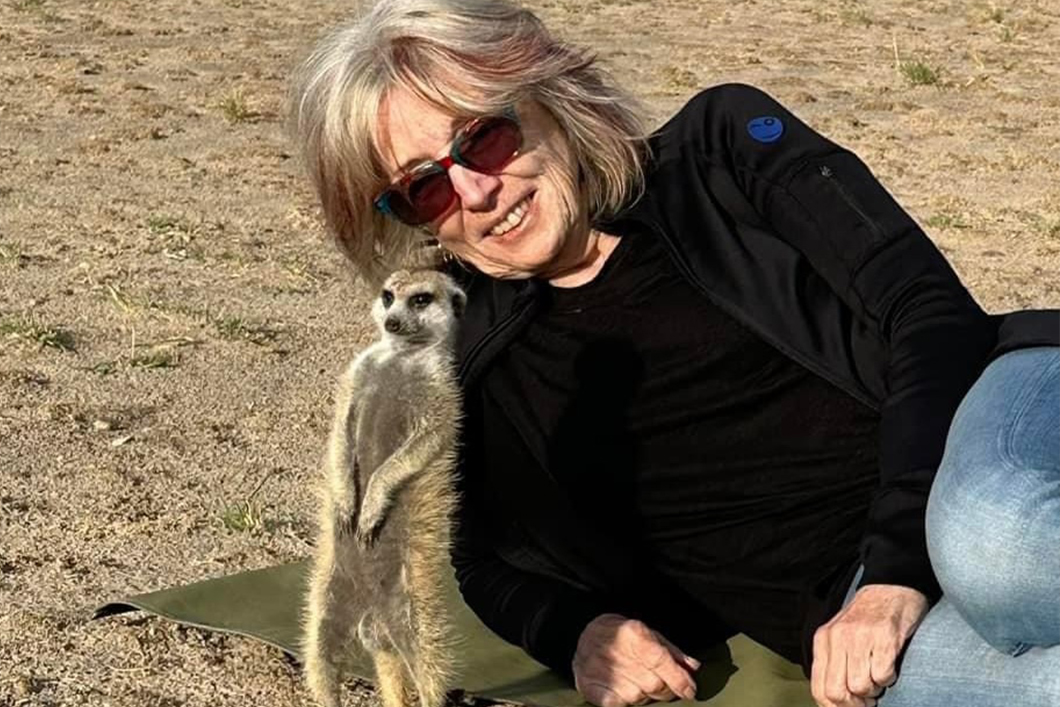7 Meerkat Facts: Exploring Botswana's Wildlife
By Lucille Sive
Have you ever witnessed a mob of meerkats in the wild? Imagine this—tiny, captivating creatures standing tall, their sharp eyes scanning the horizon as they work in perfect harmony, like a finely tuned team. Meerkats are undeniably among nature’s most intriguing animals, serving as a symbol of Botswana’s breathtaking wildlife.

Whether you’re planning a trip to the Kalahari Desert or exploring Botswana’s sprawling landscapes, the chance to observe these charming creatures is an experience you won’t forget.
7 Fascinating Facts You Didn't Know About Meerkats
1) They’re Not Cats at All!
Despite their curious name, meerkats aren’t related to cats—they belong to the mongoose family. The name "meerkat" originates from Afrikaans, where it translates to "termite mongoose." Why the connection to termites? Meerkats love devouring them and often build homes in abandoned termite mounds!
Characterized by slender bodies, large expressive eyes, pointed snouts, and incredibly strong foreclaws for digging, meerkats are uniquely built for survival in the deserts of Southern Africa.
2) Home Sweet Home in Southern Africa
Meerkats thrive in the arid environments of Botswana’s Kalahari Desert, Namibia’s Namib Desert, and other dry ecosystems across Angola and South Africa. These remarkable creatures have adapted to harsh conditions, making the wild desert the perfect place to call home.
Planning a meerkat safari? The Kalahari’s wide-open landscapes are the ultimate backdrop for observing meerkat families up close.
3) Masters of Digging
Digging is what meerkats do best. Using their strong foreclaws, they can shift sand equal to their body weight (around 5 pounds) in just seconds! This skill serves many purposes, from building burrows to foraging for insects—and even creating a cloud of dust to evade predators.

4) A Family-Oriented Lifestyle
Meerkats live in tight-knit groups, often called "mobs," "gangs," or "clans." These family units typically consist of about 20 members but can sometimes grow into "super families" of up to 50 meerkats! They share duties, from caring for young to scouting for predators, making their lives a true team effort.
5) Their Diet Refines the Art of Survival
A meerkat’s menu is as impressive as it is diverse! Termites may be their favorite snack, but these opportunistic carnivores won’t shy away from lizards, snakes, spiders, or even scorpions. Remarkably, they’re resistant to scorpion venom, giving them a crucial survival edge in the wild.

6) Foraging with a Security Detail
At just one-month-old, a meerkat pup joins the adults on group forages, learning to find food in the wild. But meerkats don’t forage without a plan—one member is always on “guard duty” to keep an eye out for predators. During this time, the guard makes comforting peeping noises to signal that the coast is clear.
7) The Language of Meerkats
These social animals are highly vocal, using different calls to communicate specific warnings. For instance, a sentry will sound a distinctive alarm based on whether the predator is airborne or approaching from the ground. Their survival instinct is so finely tuned that they even dig emergency "bolt holes" throughout their territory for quick escapes!
Explore Botswana Safaris
The Kalahari Desert, one of Botswana’s must-visit destinations, offers a chance to see meerkats in their natural habitat. Pair this with the country’s incredible wildlife, from elephants in Chobe National Park to the Okavango Delta, home to lions, leopards, and wild dogs.
Discover Botswana, a top safari destination with stunning landscapes, African sunsets, and unforgettable wildlife adventures.

Discover the Magic of a Meerkat Safari
Plan your dream safari in Botswana with our Safari Specialist. Explore stunning landscapes and get up close with these marvelous creatures in their natural habitat. Experience the charm of meerkats as you witness their playful antics and fascinating family dynamics. A meerkat encounter offers a unique wildlife experience and an unforgettable addition to any safari. Begin your African adventure today!
Start planning your Botswana wildlife adventure today!

